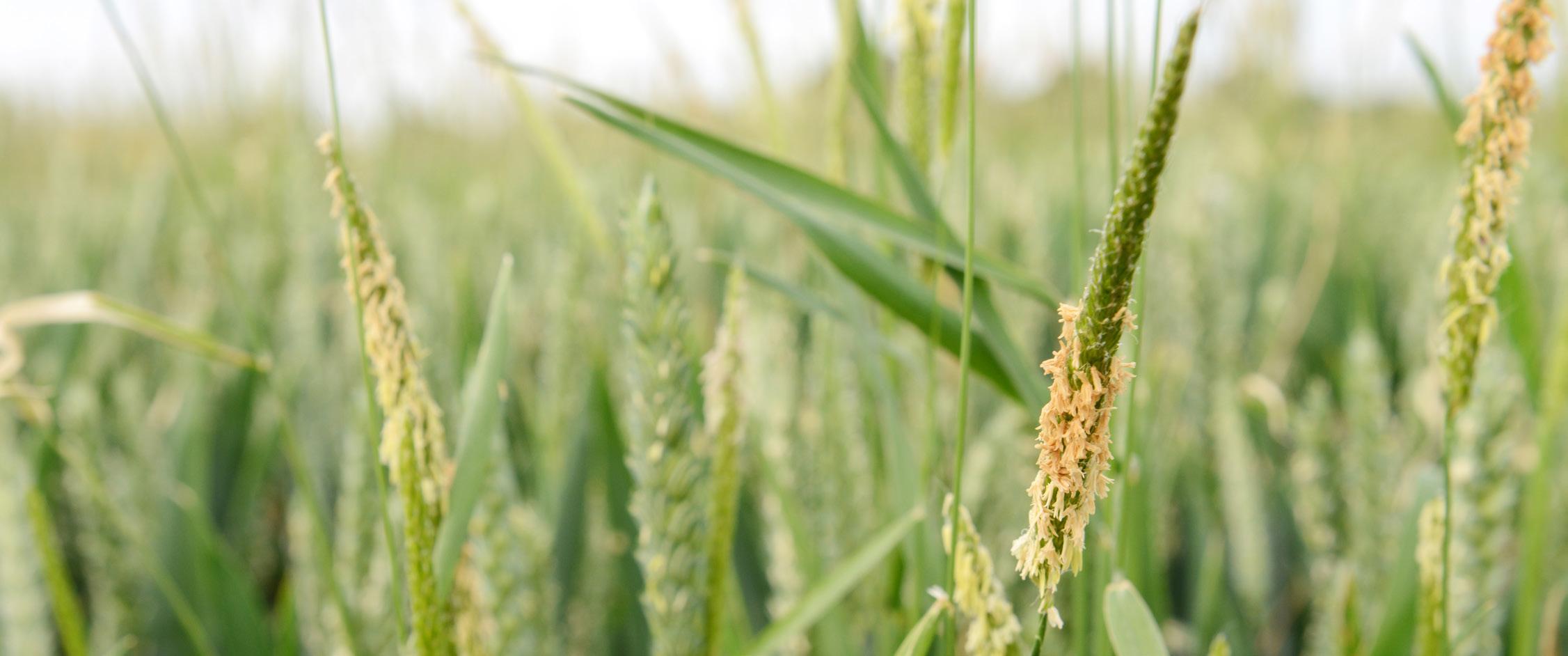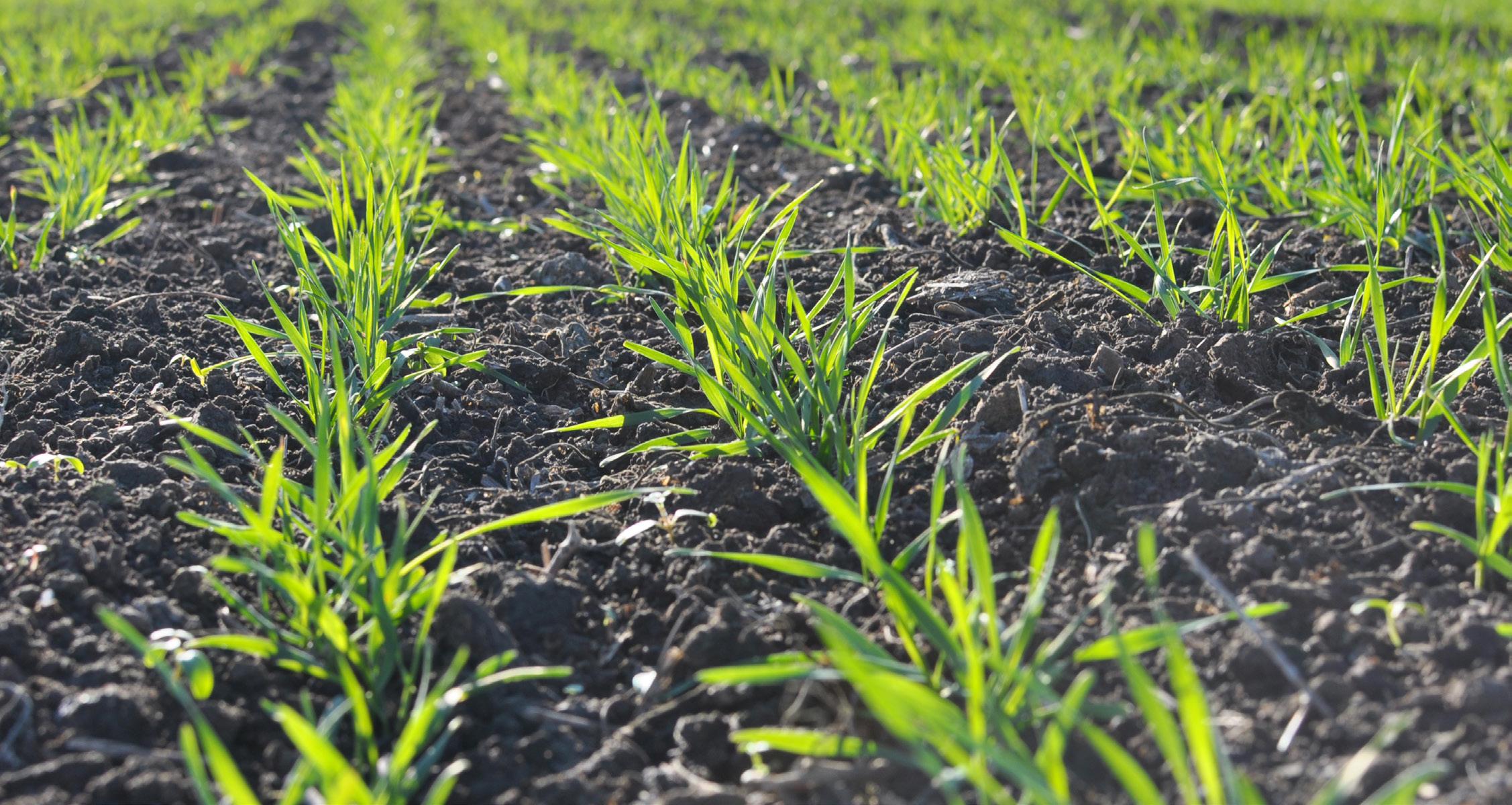Cereal Herbicides
Autumn Product Range
Achieving good crop establishment to maximise yields relies on effective, early season control of problem grass weeds and broad-leaved weeds.


Achieving good crop establishment to maximise yields relies on effective, early season control of problem grass weeds and broad-leaved weeds.

Clayton Plant Protection offers a wide range of leading herbicides for cereal crops this autumn.
Achieving good crop establishment to maximise yields relies on effective, early season control of grass and broad-leaved weeds.
Careful planning in terms of product choice and the effective stacking of residual herbicides for pre- and post-emergence weed control will help growers achieve the best start.
Our products can help put in place the correct building blocks for successful weed control.
Ensure a good, cost-effective start to weed control this autumn.
With a range of reliable, autumn herbicides available to growers, achieving good crop establishment in cereals to maximise yields relies on effective, early season control of problem grass weeds and broad-leaved weeds.
Careful planning in terms of product choice and effective stacking of residual herbicides for targeting pre- and post-emergence weed control will help growers achieve the best start for successful weed control.

FACET XL™
SC formulation, 400 g/l flufenacet and 100 g/l diflufenican
SABRE XL™
SC formulation, 400 g/l flufenacet and 100 g/l diflufenican
EL NINO ™
EC formulation containing 500 g/l diflufenican

Early season weed control is vital for establishing cereal crops successfully. Weeds compete with emerging crops for light, soil moisture and nutrients, so can severely damage yield potential in the early stages.
Tackling weeds effectively before crop emergence and in the first 7-10 days after crop emergence will protect against yield losses.
For certain weeds including blackgrass there are very few effective post-emergence herbicides, so tackling these weeds early is the only effective option.
Typically, as few as 10 blackgrass plants/ m2 can lead to a potential 5-10% yield loss in winter wheat, so both cultural control and targeted chemistry are essential in an effective blackgrass management strategy.
Cultural practices like delaying drilling until mid-October allow stale seedbed techniques to be used pre-drilling helping to provide a better platform for preemergence herbicides.
Sufficient soil moisture is important for blackgrass germination and the efficacy of residual herbicides therefore cultivation techniques should be managed accordingly.
Good practice for best performance from pre-emergence herbicides is to ensure a consolidated seedbed, without trash or too many clods.
Effective timing (applying pre-ems within 48 hours of drilling) will further improve overall product performance.
Product choice remains vital to tackling blackgrass on farm with ‘residual stacking’ of core active ingredients often necessary to manage populations effectively.
www.claytonpp.com and
please contact us at info@claytonpp.com
Tank mixes (where several products are applied together) or stacking and sequencing (where several products are applied in close succession) are more effective at controlling grass weed populations than individual products.
Residual modes of action are vital for effective blackgrass control and preemergence options are less affected by resistance issues than some post emergence options.
Recent AHDB research highlighted flufenacet as a key active to start with in blackgrass control programmes and that further actives are then necessary to achieve good levels of control.
Our flufenacet co-formulated products Clayton Facet XL and Sabre XL formulated to a high quality, offer a great start point for weed control this autumn.
The herbicide stack should be tailored according to the specific farm and field situation to maximise overall control levels based on the individual weed burden and spectrum, assessing the need for broadleaved weed control as well as grass weed control.
With a supporting range of herbicides containing key actives this allows for a robust, targeted programme or partner products which can be adapted to individual situations.
Our products provide choice and flexibility for target treatments in the autumn pre-emergence, early post-emergence or late post-emergence timings.

An ideal choice for targeting problem grass and broad-leaved weeds in cereal crops.
Active Ingredients: 400g/l flufenacet and 100g/l diflufenican SC Formulation Suspension Concentrate
Crops (Cereals) Winter Wheat, Winter Barley, Spring Wheat, Spring Barley.
Use Rate: Apply at up to 0.9 l/ha (as a split dose*) for pre-emergence and post-crop emergence use. *0.6 L/ha until 31 March in the year of harvest and 0.3 L/ha after 31 March in the year of harvest. Latest time of application before GS23 (Winter Wheat) or before GS24 (Winter Barley).
Target Weeds: Annual Meadow-grass, Common Chickweed, Common Field-speedwell, Forget-menot, Field Pansy, Groundsel, Mayweeds, Red Deadnettle (all Susceptible) and Blackgrass (Moderately Susceptible).
Dual-active flufenacet (400g) and diflufenican (100g) SC coformulation.
Wider labels with more use approvals than other generics, including spring wheat and spring barley.
Higher maximum total dose: 0.9 L/ha than other generic competitors, for powerful weed control.
Added flexibility with sequential split dose applications: 0.6L/ha (until 31 March) followed by 0.3L/ha (after 31 March).
Later cut-off spring application timings to GS23 (winter wheat) and GS24 (winter barley).
Targeting problem grass and broad-leaved weeds in cereals.

For
An ideal choice for targeting problem grass and broad-leaved weeds in cereal crops.
Active Ingredients:
Crops (Cereals)
400g/l flufenacet and 100g/l diflufenican SC Formulation
Winter Wheat, Winter Barley, Spring Wheat, Spring Barley.
Use Rate: Apply at up to 0.9 l/ha (as a split dose*) for pre-emergence and post-crop emergence use. *0.6 L/ha until 31 March in the year of harvest and 0.3 L/ha after 31 March in the year of harvest. Latest time of application before GS23 (Winter Wheat) or before GS24 (Winter Barley).
Target Weeds: Annual Meadow-grass, Common Chickweed, Common Field-speedwell, Forget-menot, Field Pansy, Groundsel, Mayweeds, Red Deadnettle (all Susceptible) and Blackgrass (Moderately Susceptible).
Dual-active flufenacet (400g) and diflufenican (100g) SC coformulation.
Wider labels with more use approvals than other generics, including spring wheat and spring barley.
Higher maximum total dose: 0.9 L/ha than other generic competitors, for powerful weed control.
Added flexibility with sequential split dose applications: 0.6L/ha (until 31 March) followed by 0.3L/ha (after 31 March).
Later cut-off spring application timings to GS23 (winter wheat) and GS24 (winter barley).
Targeting problem grass and broad-leaved weeds in cereals.

For
Powerful grass and broad-leaved weed control in cereal crops.
Cereals
Active Ingredients: 500 g/l diflufenican
Crops (Cereals) Wheat, Barley, Durum Wheat, Rye, Triticale.
SC Formulation Suspension Concentrate
Use Rate: Apply at 0.25 L/ha pre or post-crop emergence in winter wheat & winter barley or 0.2 L/ha pre-emergence in rye and triticale.
Target Weeds:
(See label for full details)
Charlock, Ivy leaved speedwell, Common poppy, Parsley piert, Corn spurrey, Red dead nettle, Field forget-me-not, Shepherd’s purse, Field mouse ear, Treacle mustard, Flixweed, Volunteer oilseed rape, Henbit dead nettle, Wild radish
SC formulation with 500g diflufenican. Flexible mixer option for autumn weed control.

For further information on Clayton El Nino, please refer to the product label and for information on compatibility tank mixes, please contact us at info@claytonpp.com
CLAYTON FACET XL™
SC formulation, 400 g/l flufenacet and 100 g/l diflufenican
CLAYTON SABRE XL™
SC formulation, 400 g/l flufenacet and 100 g/l diflufenican
CLAYTON EL NINO ™
SC formulation containing 500 g/l diflufenican
